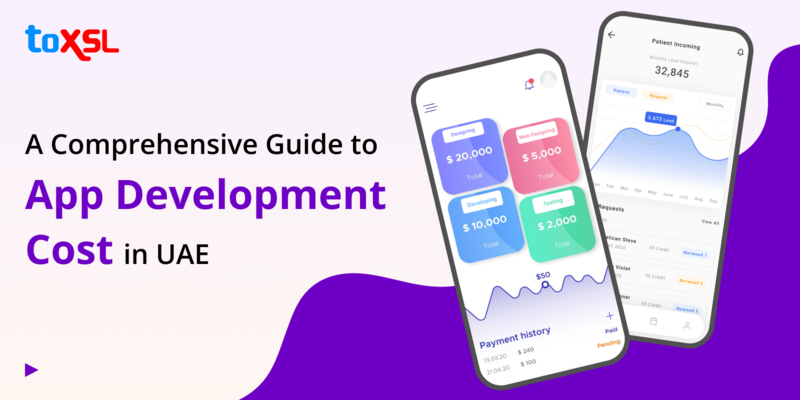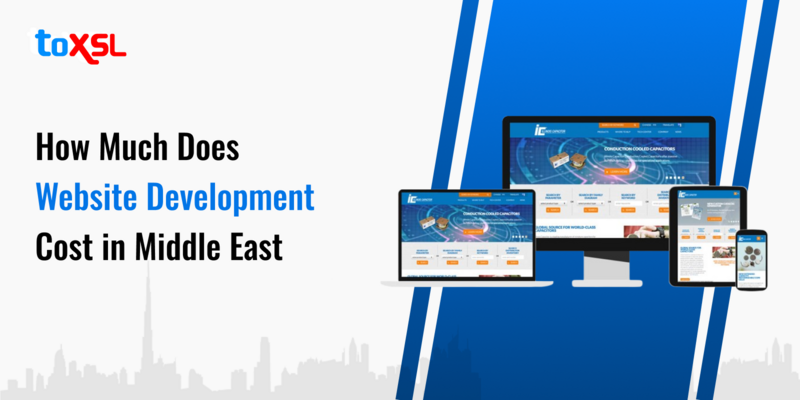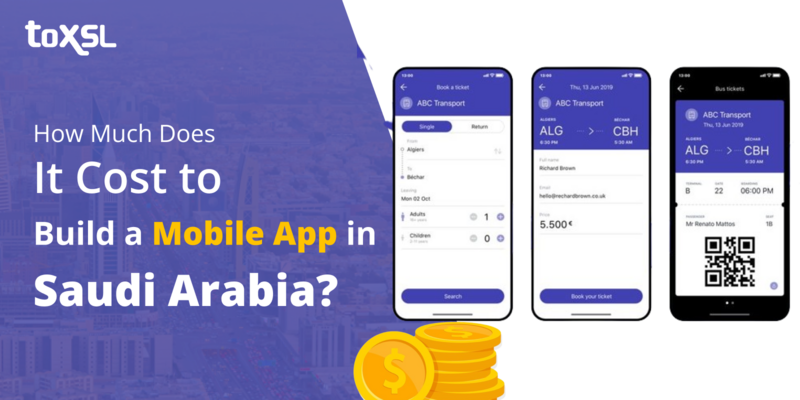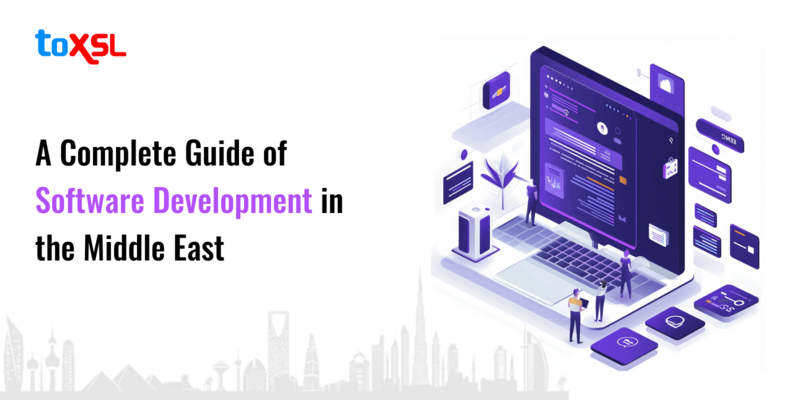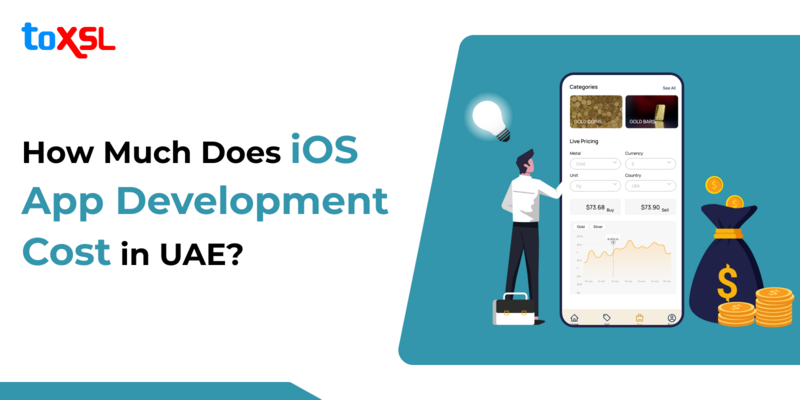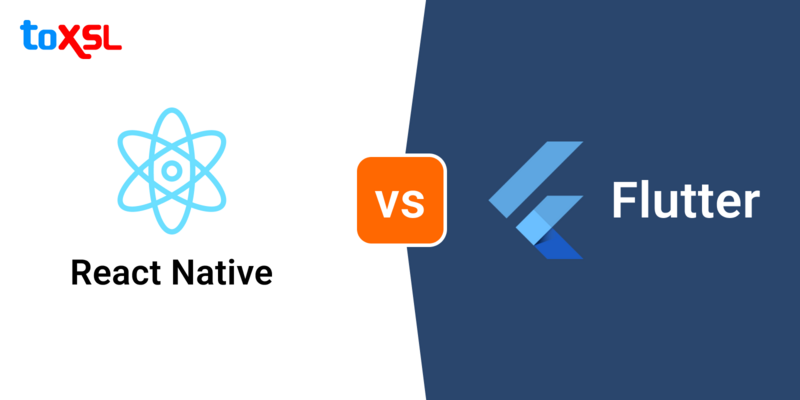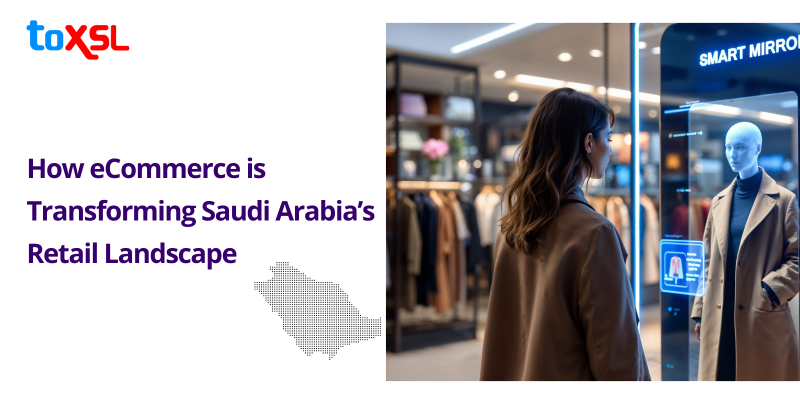
The eCommerce market in Saudi Arabia is estimated to reach $3.66 trillion in 2025, growing at a CAGR of 6.29%. Over the last decade, Saudi Arabia has witnessed growth in digital commerce. Consumers are comfortable using digital channels, motivated by convenience, a large variety of products, and competitive pricing that eCommerce offers.
Key Takeaways:
- The digitally connected young population drives strong demand for mobile-friendly, personalized online shopping.
- Traditional retailers are adapting by integrating online and offline channels and using AI for better customer service.
- Growth is supported by secure digital payments and improved logistics, ensuring fast, reliable deliveries.
- Government initiatives under Vision 2030 and new technologies like AI and AR are shaping a modern, digital-first retail landscape.
- 79% of retail transactions were electronic, with widespread use of contactless payments and digital wallets.
According to recent reports, the growth of online shoppers is rising, and digital transformation is a key pillar of Saudi Arabia’s Vision 2030 plan. This vision has raised a lot of investments in IT infrastructure, digital payment systems, and supportive regulatory environments. The government’s efforts have encouraged startups and traditional businesses to embrace e-commerce. This makes Saudi Arabia one of the fastest-growing digital markets in the Middle East.
Benefits of eCommerce App Development in Saudi Arabia
Saudi Arabia’s Vision is focused on embracing digital innovation. It has made mobile apps a crucial tool for businesses looking for growth and customer engagement. Developing a dedicated e-commerce app, customized for the Saudi market, offers a wealth of benefits for enterprises of all sizes.
The Growing Digital Economy in Saudi Arabia:
eCommerce App Development in Saudi Arabia has given a boost to smartphone usage. This connectivity is backed by the government of Saudi Arabia, accelerating online shopping and mobile commerce. The e-commerce market in the Kingdom is seeing an enormous growth potential for businesses that embrace mobile platforms.
Enhanced User Experience:
One of the most important benefits of an e-commerce app is the ability to offer an enhanced user experience to mobile websites or generic platforms. Apps offer smoother navigation, faster loading times, and intuitive interfaces designed for mobile users. There are features such as one-click checkout, smart product search, and customized recommendations that can help you enhance the shopping journey, reducing friction and improving customer satisfaction.
Increased Conversion Rates:
Higher engagement leads to better conversion rates. Mobile apps simplify the purchasing process by integrating secure payment gateways compliant with the Saudi Central Bank's regulations. Apps also reduce cart abandonment through saved cart features and quick checkout options.
Customer Loyalty:
E-commerce apps leverage data analytics and Artificial Intelligence to deliver highly personalized shopping experiences. This includes recommending products based on browsing and purchase history, offering app-exclusive discounts. Customized experiences foster brand loyalty and encourages customers to return frequently.
Competitive Advantage:
With many international and local companies entering Saudi Arabia’s booming e-commerce space, businesses need every edge to stand out. Having a professionally designed, feature-rich e-commerce app positions a brand as technologically advanced and customer-centric. It enhances brand credibility and trust, providing a smoother, more reliable shopping experience compared to competitors relying solely on websites or third-party platforms.
Valuable Analytics and Business Insights:
Mobile apps provide comprehensive tracking of user behavior, including browsing patterns, purchase histories, and product preferences. Businesses can leverage this data to gain valuable insights into consumer trends and optimize inventory management, marketing strategies, and customer service.
Omnichannel Integration:
Modern consumers expect a consistent and integrated shopping experience across devices and channels. E-commerce applications enable seamless integration with websites, social media platforms, and physical stores. Customers can browse products on their phones, save items for later, and complete purchases either online or in-store, enjoying a unified, convenient shopping journey. This omnichannel approach helps brands meet customers wherever they shop and maintain engagement.
Step-by-Step Guide on How to Develop an eCommerce App
Now that we have discussed the steps involved in eCommerce app development. However, if you are thinking of developing an e-commerce app for your business, it can be a challenging process. Here are a few steps that need to be taken to develop an eCommerce app:
Research and Planning: Start by conducting market research to understand customer needs, preferences, and competitors in your target market. Define the purpose of your app and set clear, measurable goals. Plan key functionalities and features that align with business objectives, such as user registration, product catalog, payment methods, and order tracking.
Design (UI/UX): Create wireframes and prototypes to lay out the app’s structure and user flow. Focus on an intuitive, user-friendly interface that provides a seamless shopping experience. Ensure the design is responsive for various screen sizes and devices, incorporating your brand's colors, fonts, and style to build brand identity.
Technology and Development: Choose an appropriate technology stack based on your app type, including native, hybrid, and cross-platform. Common languages and frameworks include Kotlin/Swift for native apps and React Native or Flutter for cross-platform. Develop both frontend and backend components, integrating essential features like product listing, shopping cart, payment gateways, user authentication, and APIs for services like inventory and analytics.
Testing and Quality Assurance: Conduct thorough testing to identify and fix bugs or usability issues. Use a combination of manual and automated testing for functional testing, performance, security, and compatibility across devices and operating systems. Also, perform usability testing to ensure a smooth user experience.
Deployment: Prepare the app for launching by setting up servers and backend infrastructure. Submit the app to app stores (Google Play and Apple App Store), ensuring compliance with their guidelines and policies. Host the app on reliable cloud services to handle expected traffic and fast loading.
Post-Launch Maintenance and Updates: After launch, monitor app performance and user feedback. Continuously update the app with new features, security patches, and improvements to maintain engagement and competitiveness. Use analytics tools to understand user behavior and optimize marketing strategies.
Cost to Develop an eCommerce App
The cost to develop an e-commerce app varies a lot and depends on the basic factors such as app complexity, features, platform choice, and developer location. In general, a basic eCommerce app with essential features can cost between $8,000 and $25,000. Apps with advanced features like AI, AR, or multi-vendor support can cost $25,000 or more. Development timelines range from a few weeks to several months, depending on complexity. Here is a table summarizing the cost and timeline estimates for different types of eCommerce apps:
App Type | Estimated Cost (USD) | Development Timeline | Key Features |
Basic eCommerce App | $8,000 – $15,000 | 4 – 6 weeks | User login, product catalog, shopping cart, checkout |
Standard eCommerce App | $15,000 – $20,000 | 6 – 10 weeks | Wishlist, push notifications, order history, coupon management |
Advanced eCommerce App | $20,000 – $30,000+ | 10 – 16 weeks | Order tracking, advanced filters, multi-vendor support, AI |
Costs can be lower with outsourcing to offshore teams and higher if customized integrations and ongoing maintenance are included. Cross-platform development (iOS + Android) typically costs more but reaches a wider audience.
Conclusion
With the rise of accessibility of the internet, investments in infrastructure and enhanced regulatory environment, Saudi Arabia is becoming a leading eCommerce market in the region. The future of online shopping in Saudi Arabia looks bright as the businesses keep growing. New technology and helpful government rules help companies find better ways to attract customers and sell more products.
Also, as big international online stores come to Saudi Arabia, local shops need to improve what they offer to stay strong in the market. This change brings good chances for both customers and businesses. So, if you are looking to enter the Saudi Arabia market, developing eCommerce mobile app can help you enhance your business. ToXSL Technologies is a leading app development company in Saudi Arabia, helping businesses from various verticals. Want to learn more? Feel free to contact us today.
Frequently Asked Questions
1. What are the essential steps to develop an eCommerce app?
The main steps include market research, defining user requirements and features, UI/UX design, app development (frontend and backend), quality assurance and testing, app launch, and post-launch monitoring and updates.
2. How long does it typically take to build an eCommerce app?
Development time varies widely depending on app complexity but typically ranges from 4 weeks for a basic app to 3-4 months for advanced, feature-rich applications.
3. What features are most important in an eCommerce app?
Important features include user registration, product catalog, search and filtering options, shopping cart, secure payment gateway integration, push notifications, and order tracking.
4. Should I develop a native or cross-platform eCommerce app?
Native apps (iOS or Android) offer higher performance and better access to device features, while cross-platform apps save time and cost by using a shared codebase for multiple platforms. The choice depends on budget, timeline, and target audience.
5. How can I ensure my eCommerce app stands out in a competitive market?
Focus on delivering an excellent user experience with intuitive design, personalized recommendations, fast loading times, and seamless checkout. Regular updates, customer support, and leveraging analytics for data-driven improvements also help maintain a competitive edge.

